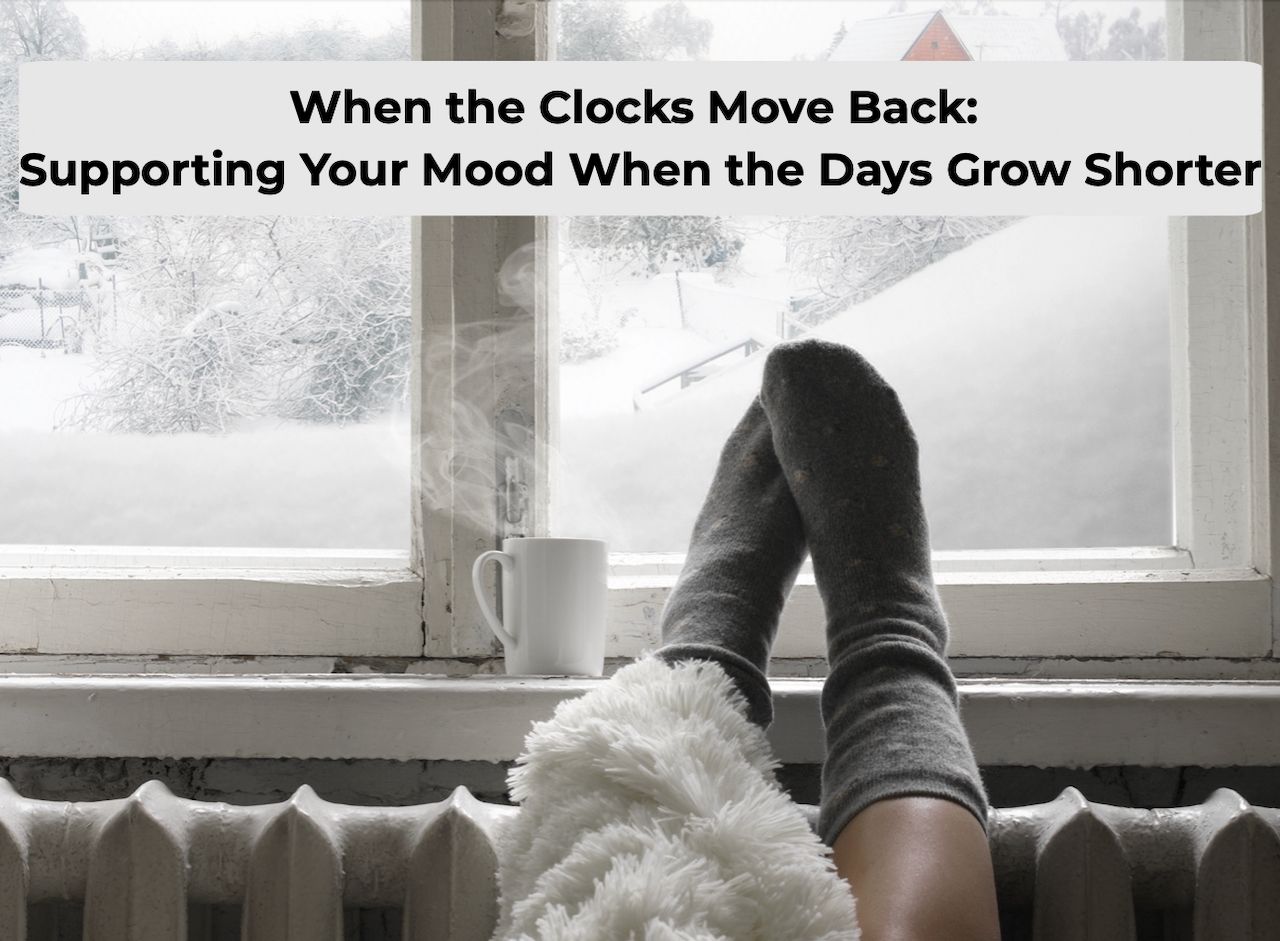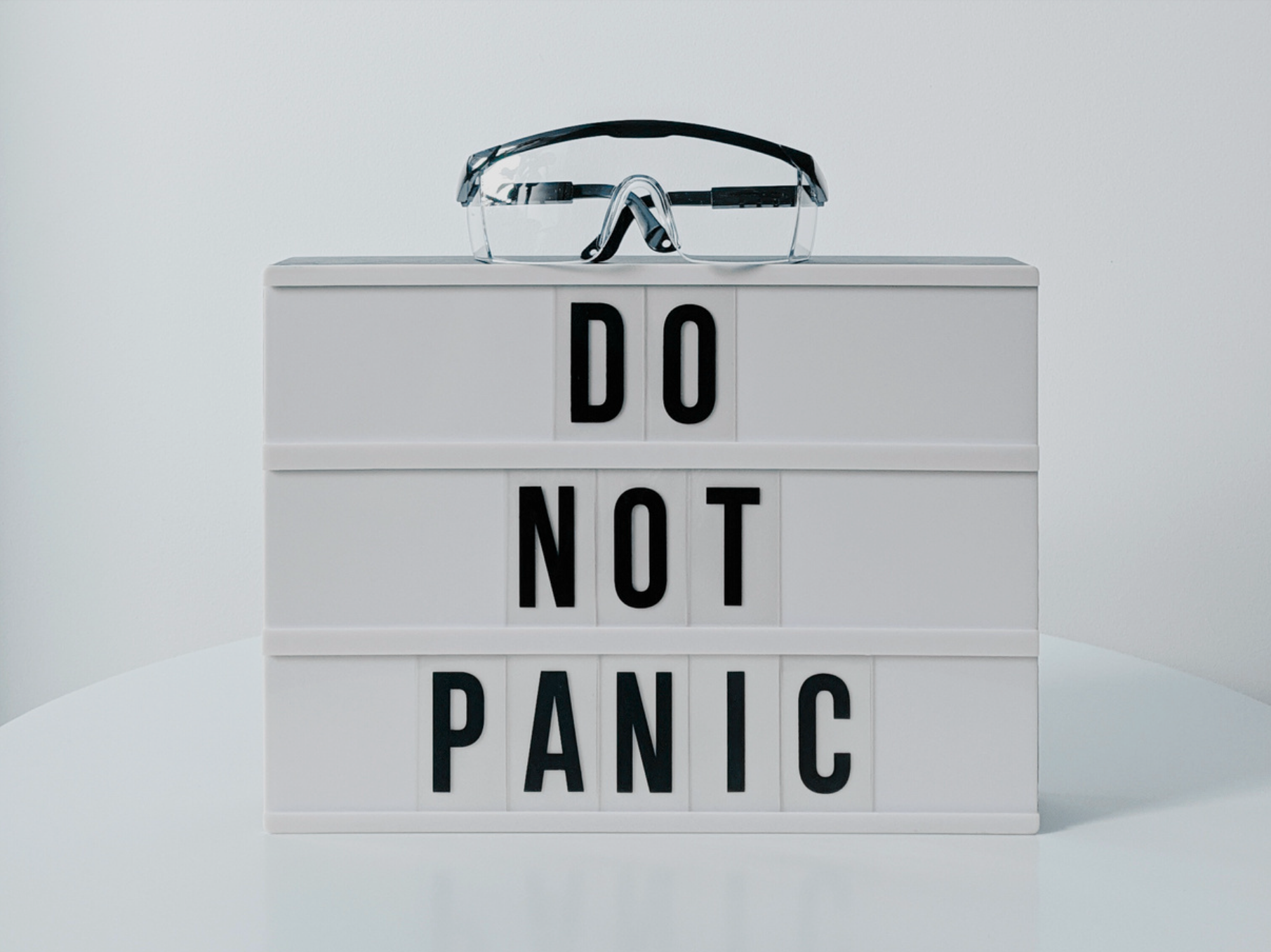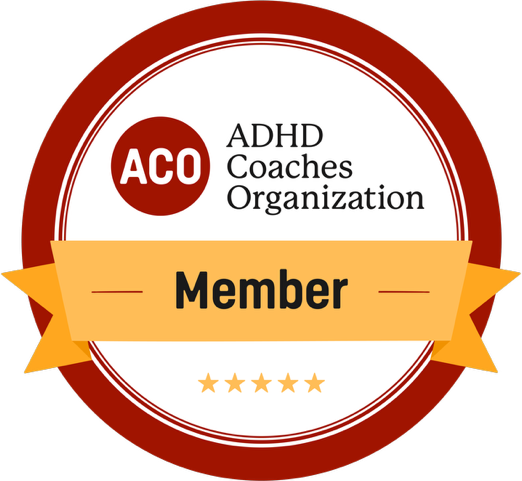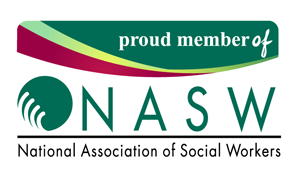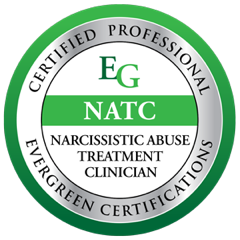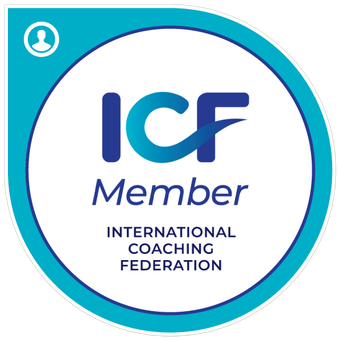When Getting Started Feels Impossible: A Task Initiation Toolkit
We all have things we want—or need—to do, but just can’t seem to start. Maybe it's a looming project, an email you've been avoiding, or even just switching gears between tasks. You tell yourself it’s not that big of a deal. You remind yourself that it’ll only take 20 minutes. And yet... nothing.
Task initiation is one of the most common executive function struggles I see in my clients—and it’s one that hits especially hard for those with ADHD, anxiety, perfectionism, or burnout. But it’s also something nearly everyone struggles with at some point. Especially when we’re tired, overwhelmed, or facing something that feels ambiguous or emotionally loaded.
So if you're stuck in the “I’ll start in five more minutes” loop, know this: you’re not lazy, and you’re definitely not alone. And the good news? Task initiation is a skill you can build—if you learn how to work
with
your brain instead of against it.
Why Getting Started Is So Hard
Initiation isn’t about laziness—it’s about activation. And for many people (especially those with ADHD), the brain’s motivation system is interest-based, not importance-based. Meaning: just because something matters doesn’t mean your brain will cooperate.
You might find yourself stuck because:
- The task feels boring, hard, or unclear
- You’re overwhelmed and can’t figure out where to begin
- You’re anxious about doing it perfectly—or failing
- You’re depleted, and your brain’s saying “Nope, not today.”
And when this happens, no amount of pep talks or “just do it” energy moves the needle. What does help? Shrinking the task, lowering the barrier, and offering your brain something it can respond to.
A Menu of Ways to Get Unstuck
That’s where the Task Initiation Menu comes in. Think of it like a toolbox of strategies—because no one-size-fits-all trick works every time. The idea isn’t to use all of them at once. It’s to scan the list and try one that matches where you’re at. Here are a few highlights:
Commit to 5 Minutes
Start with just five minutes. Not because five minutes will finish the job, but because starting often changes the way we feel about a task. (Bonus: you’re allowed to stop after five if it’s truly not the time.)
Find the Smallest Starting Point
Instead of “clean the kitchen,” try “clear the counter” or “load the dishwasher.” The smaller and more specific, the better.
Chunk by Task, Not Time
Telling yourself to “work for 30 minutes” might sound reasonable, but your brain might prefer “outline the intro paragraph.” The more concrete the task, the easier it is to begin.
Make It More Enjoyable
Pair the boring with the pleasant—like cleaning while listening to a podcast or replying to emails with your favorite coffee and music.
Eat the Frog
Sometimes it helps to do the hardest, most annoying thing first—and ride the wave of relief and momentum that comes with it.
Visualize Success
Take 10 seconds to picture how it will feel to have the thing done. Relief? Pride? Peace of mind? Tap into that as fuel.
Body Double or Co-Work
Sometimes, just having someone else nearby—virtually or in person—can create just enough structure to help you begin. It’s not about motivation. It’s about momentum.
Remove Barriers + Reduce Distractions
Does your brain need a snack, a bathroom break, or to clear off the table before you can focus? Start there.
Connect to Your Why
What will this task help you do, become, or protect? Sometimes, the “why” gives you the nudge to show up—even when you don’t feel like it.
Final Thought: Progress > Perfection
You don’t have to feel motivated to get started. You just need one small shift. And when you can’t get started? That’s not failure. It’s data. Maybe your brain needs support. Maybe your body needs rest. Or maybe you need to shrink the task even more.
The key is to stop blaming yourself—and start getting curious. When you drop the shame and experiment with what works, you’re not just completing tasks. You’re building trust in yourself.
Download the Task Initiation Menu
to keep a range of tools at your fingertips. Because the next time you’re stuck, you’ll know: it’s not about trying harder. It’s about trying differently.
Want support with follow-through or getting unstuck?
Explore my
free resources or
connect and explore therapy and
coaching options. You don’t have to figure it out alone.

